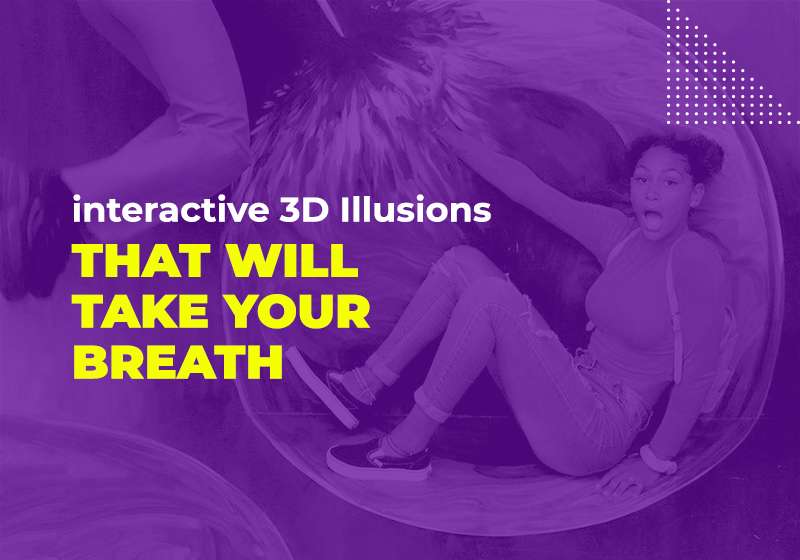
Few city streets stop passersby in their tracks the way Leavenworth Street in San Francisco does, where a private garage hides an extraordinary artistic feature. Here, sculptural doors guard a mysterious room, designed with the flair and drama of Harry Potter’s Chamber of Secrets. Crafted from metal and alive with coiled serpents, the doors shimmer with jeweled eyes that catch the light, making them feel more like guardians of a magical portal than ordinary garage gates.
The artist, Steve Penetti, created these sculptural doors in an astonishingly short time—just over a week and a half from concept to completion. Each serpent’s detail was carefully welded, embodying the kind of Sculpture that transforms a utilitarian object into an unforgettable landmark. For admirers of craft and detail, it is both surprising and impressive that this secret feature exists as part of a functional garage rather than inside a gallery.
Around the property, additional sculptural companions—such as a striking dragon and a towering gorilla—amplify the imaginative atmosphere. Together, these works elevate what would otherwise be an ordinary residential street into a small outdoor gallery. Tourists and locals alike pause for photos, often marveling at how these sculptural creations blur the line between practical use and art.
What Makes This Secret Room So Captivating
The allure of this secret room lies not only in its craftsmanship but also in its connection to beloved stories. The serpents slithering across the doors recall the Chamber of Secrets, and their number—seven—deliberately references the seven horcruxes that define much of Harry Potter’s lore. This detail, steeped in symbolism, infuses the sculptural design with layers of meaning beyond surface beauty.
Behind those doors lies a room that sparks the imagination of anyone standing before it. Although visitors cannot enter, the mystery is precisely what makes it so engaging. The sculptural presence becomes an invitation to wonder what might be beyond, whether it is a magical chamber or simply a functional garage. In this way, it transforms an everyday space into a shared experience of curiosity and delight.
What sets this creation apart from many other urban art pieces is its dual role as both functional doors and a true Sculpture. Instead of standing alone in a museum, the design interacts with its surroundings, allowing residents and passersby to enjoy it without formal barriers. It is this fusion of utility and artistry that makes the secret room such a compelling subject for admirers of both fantasy and architectural innovation.
Location, Visitor Tips, and Context in San Francisco
The sculptural doors are located at 2645 Leavenworth Street in San Francisco, just steps away from the iconic twists of Lombard Street. This makes the site both easy to stumble upon while exploring and rewarding for those who deliberately seek it out. Its placement amid one of the city’s most photographed neighborhoods ensures that countless people encounter it each day.
For visitors, the experience is about observing and appreciating rather than entering. The secret room remains private, but the sculptural exterior is completely visible from the street. Tourists can capture photographs, often finding that the artistry rivals more formal public installations elsewhere in San Francisco. Because it is part of a residence, the respectful approach is simply to enjoy from the sidewalk and admire the creativity on display.
Contextually, the garage doors enrich a city already famous for its eclectic artistic spirit. San Francisco thrives on public art and unusual landmarks, from murals to unexpected sculptures. This Sculpture contributes to that tradition by demonstrating how even an everyday feature like a garage entry can become a celebrated destination. For travelers who delight in uncovering the unusual, it provides a highlight that embodies the inventive pulse of the city.
A Surreal Parallel at the Museum of 3D Illusions in San Francisco
Just as these sculptural doors hint at another world through a hidden room, the Museum of 3D Illusions in San Francisco offers visitors the chance to step into fantastical environments through art. Inside, entire galleries are filled with hand-painted illusions designed for interaction, letting guests become part of the scene rather than distant spectators. Both spaces rely on the element of transformation, turning the ordinary into something magical.
Among its many displays, visitors can tiptoe across the razor-thin edge of a towering mountain precipice or wander shadowy castle corridors that feel as though they too could belong in Harry Potter. Another illusion drops you onto a tropical beach at sunset, where vibrant skies and ocean waves surround you in every direction. These exhibits mirror the same sense of surprise and immersion sparked by encountering the sculptural doors in real life.
The museum also houses “Smash It!,” where creativity takes on a more physical form. Guests can decorate plates with words or drawings and then shatter them against the wall, releasing stress in a uniquely artistic way. This interactive experience complements the broader theme of turning ordinary objects—whether garage doors or simple dishes—into memorable acts of expression. Together, both the private sculptural feature and the museum underscore San Francisco’s enduring commitment to imagination and innovation.
FAQ
Why are the Secret Room doors considered a must-see attraction?
The Secret Room doors are admired because they transform ordinary garage doors into sculptural art. With intricate serpent designs and symbolic references, they create a sense of mystery and imagination, drawing people who appreciate both public art and Harry Potter-inspired creativity.
How do the Secret Room doors compare to interactive art like the Museum of 3D Illusions?
The Secret Room doors intrigue viewers with their sculptural craftsmanship, while the Museum of 3D Illusions offers hands-on, immersive scenes. Both highlight San Francisco’s reputation for artistic expression, where creative doors and interactive environments spark wonder in different but complementary ways.


